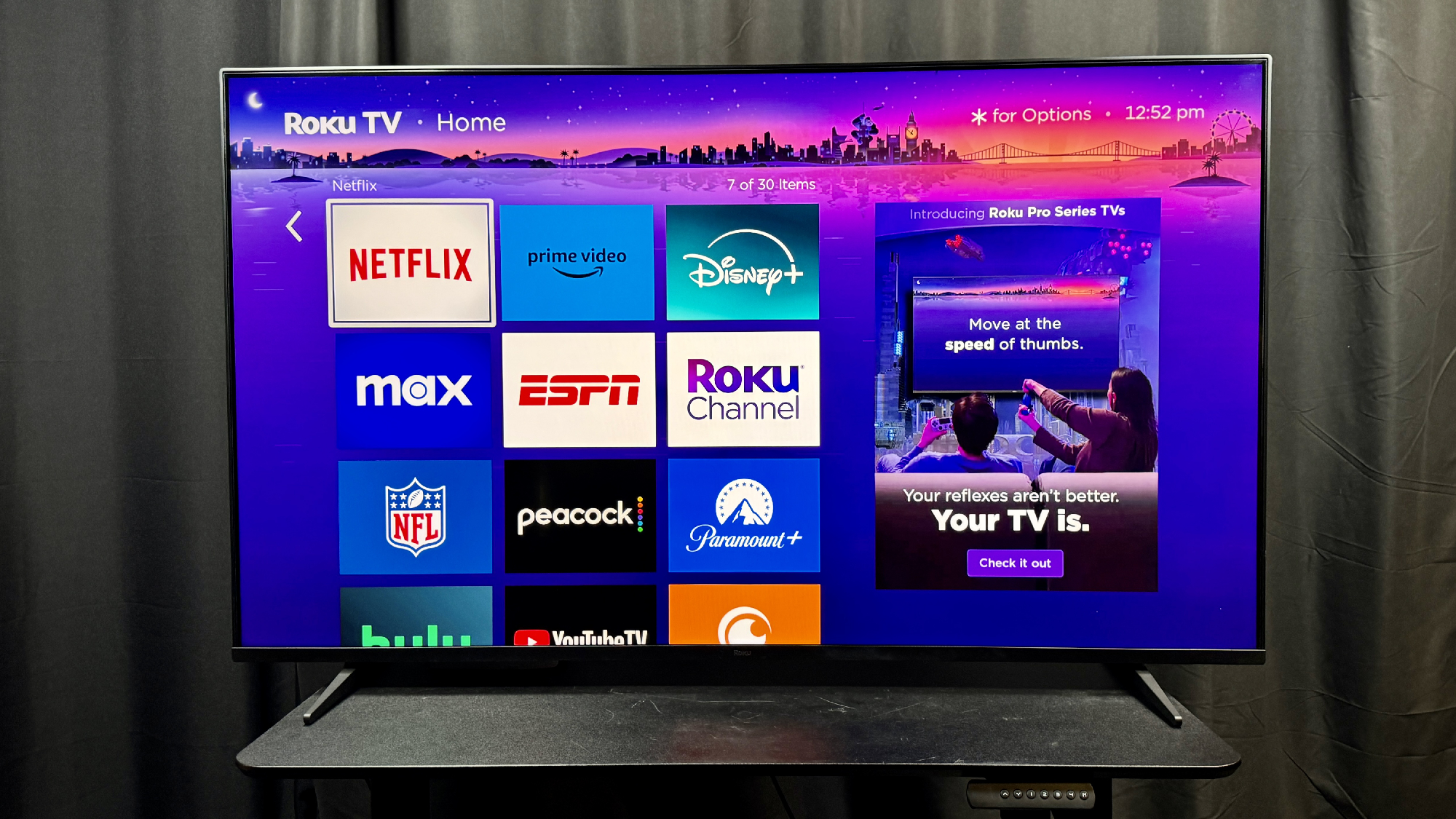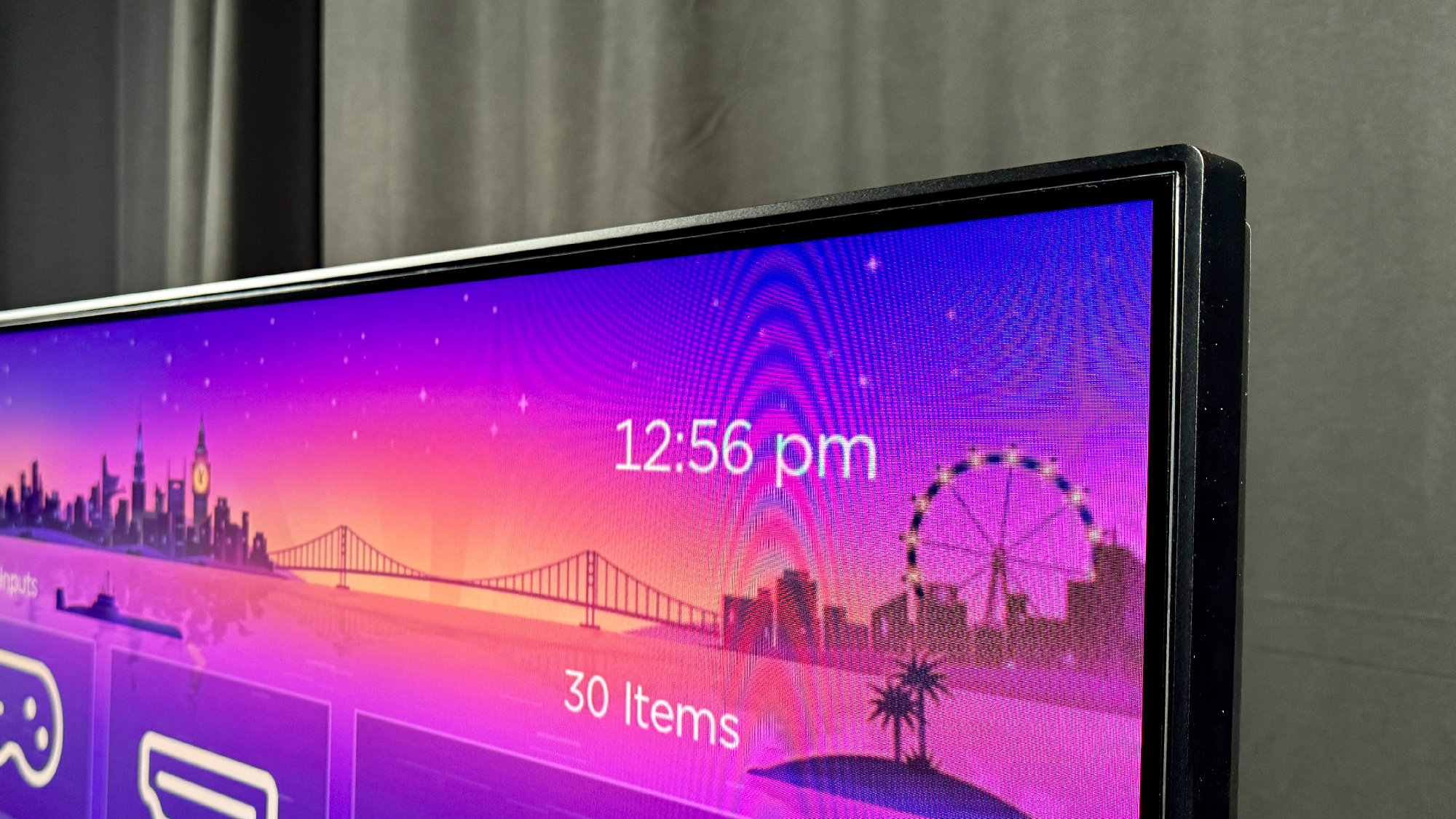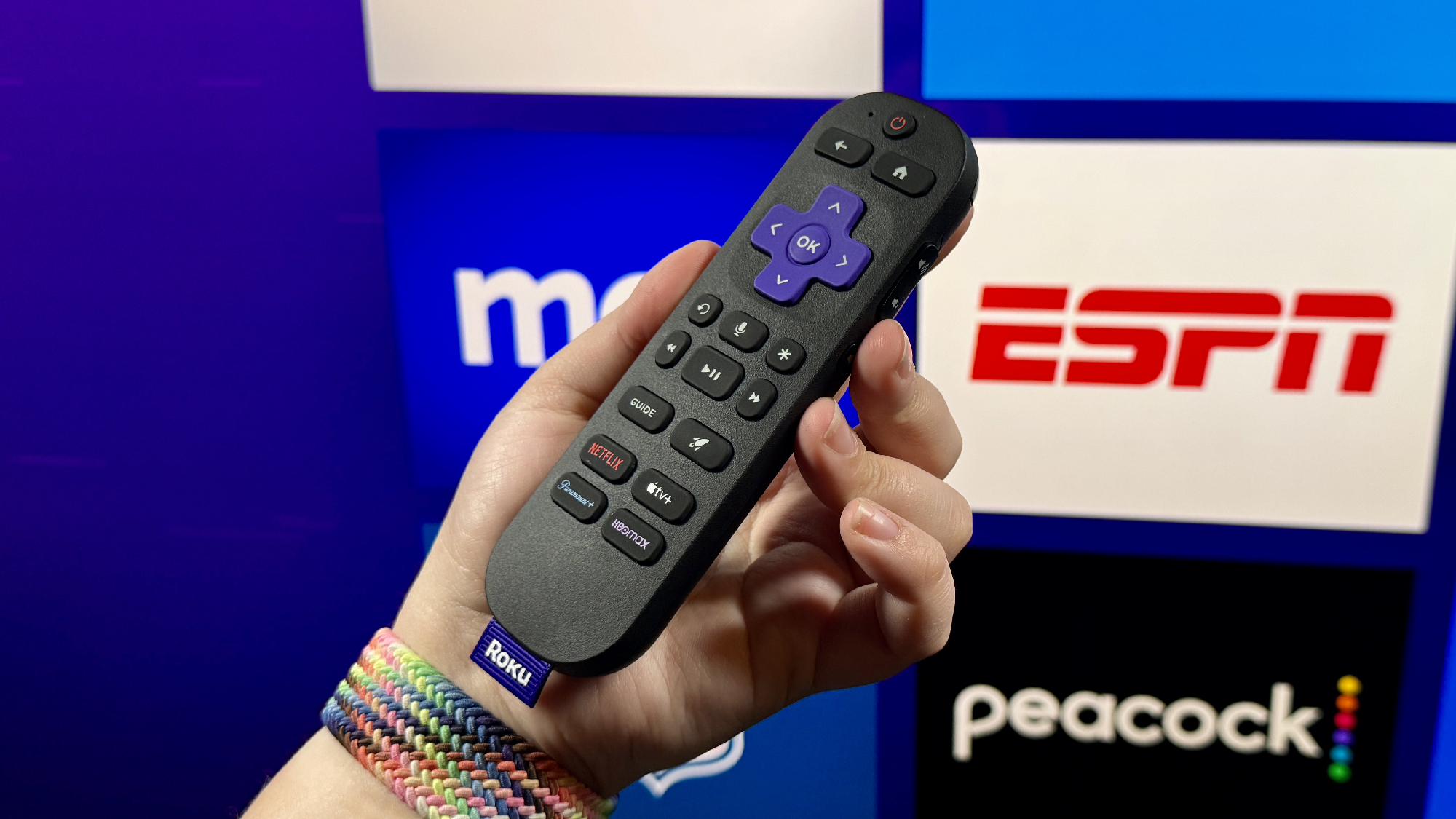
Roku, makers of some of the best streaming devices, might well be one of the most well-known brands in the TV industry despite only first unveiling its own in-house designs in the last couple of years. Its 2023 Roku Plus Series QLED TV remains one of the best Roku TVs on the market but, thanks to some new development, now has a more powerful successor in the form of this year’s highly exciting Roku Pro Series Mini-LED TV.
Notice here the differentiation in panel design, with the Pro Series taking up for the first time ever under Roku’s own guise Mini-LED backlighting. This ensures the new display can offer better contrast and higher peak brightness while still being relatively affordable in the face of more advanced display options.
It's the whole crux of the OLED vs Mini-LED debate, and Roku's newest Pro Series TV is a shining beacon of how mere LCD backlighting can prove to be just as rewarding and value intensive an investment as its counterparts. Mini-LED TVs are here to stay, after all, and the Roku Pro Series could well be one of the best new entries in this category against major offerings out of competitors like Hisense, TCL, and Sony.
But what exactly makes and breaks Roku's newest display? Are the upgrades and overall changes worth the price of entry, or is the Roku Pro Series just another way for Roku to get its underlying advertisement plays in more households globally? Let's dive into what makes the Roku Pro Series Mini-LED TV so appealing and why it might also have a tough hill to climb in the market, first starting with the positives.
The 'pros' of the Roku Pro Series

Gaming chops
General entertainment out of the best streaming services is obviously among the most important pastimes for most users when considering a new TV, but gaming is taking a newfound rise of interest in the market — to the point where even TCL is saddling up with Call of Duty as its official brand partner.
One of the major highlights on the Roku Pro Series is its underlying gaming prowess. It all starts with its Mini-LED backlighting, which helps to draw out gorgeous colors and brightness when in the midst of that second Elden Ring: Shadow of the Erdtree run. Plus, you can't go wrong with a 120Hz refresh rate and 9.4ms of input latency on a display that supports FreeSync Premium Pro.
While it might not stand among the best gaming TVs just yet, as it misses out on quality inclusions like a dedicated gaming bar and full array of HDMI 2.1 ports, it still makes up for these restraints via an expert price to performance ratio and stellar HDR coverage, which runs the full gamut including HDR10, HDR10+, HLG, and Dolby Vision.
Budget price
Roku stands out from the crowd due in large part to its impeccable pricing. Last year's Plus Series entered the market at just $650 for its 65-inch model and the 2024 Roku Pro Series is no different. At $1,199, the 65-inch configuration is quite the bargain for a pretty kitted-out display with loads of potential.
That said, you could probably save a bit by buying into one of the best TVs under $1,000, like the 55-inch Hisense U8N Mini-LED TV. While our initial testing data is somewhat skewed, with Roku claiming as much as around 1,200 nits in a 10% window for peak SDR brightness on the Pro Series, the U8N can achieve a higher brightness of several hundred nits more, making it a more compelling option for the price.

Even if it isn't always the cheapest option, however, the Roku Pro Series is buoyed with other positive factors that make it stand out at its price point, namely a rather intuitive new remote in the Roku Voice Remote Pro, which sports backlit buttons, a longer battery life, and USB-C charging, unlike competitors.
Finally, there's its well-rounded speaker system to consider, a first on budget displays. We praised the Plus Series and its own sound quality, and this performance rings true in its successor, as well, which leverages a Dolby Atmos sound system.
Brilliant interface
TCL and Hisense have plenty of value Mini-LED options on the market this year, but most (if not all) will be built on the Google TV interface. Roku vs Google TV is a hot debate, but given its years worth of industry knowhow in the TV OS sphere through such products like the Roku Streaming Stick 4K, it's safe to say Roku has one of the most streamlined and easy-to-use interfaces yet.
Roku is just too hard to beat, and while many might want to point to those annoying ads as being both problematic and detrimental to the experience, it's not the only one with these issues. The system itself comes with some underlying features that many might not know about, as well, so it's best to learn how to access the secret Roku menus before writing it off as an unusable interface.
Roku Pro Series cons

Poor anti-reflective measures
Not every display can be the Samsung S95D OLED TV with its highly pronounced anti-glare screen and the Roku Pro Series is one of those stragglers. It really struggled with TV glare in my testing, despite its use of an anti-reflective filter on the QLED panel. This comes down to a variety of factors, but the most obvious is its limited brightness potential in the face of more high-flying options like the aforementioned Hisense U8N.
That being said, it's not the worst experience in the market but it definitely could see some improvement. Reflections are often the bane of OLED TVs, which is why many new TV buyers are flocking to Mini-LEDs, but as introduced with the S95D and even tandem OLED as seen on the new Apple iPad Pro, OLEDs could be gaining against their more budget Mini-LED offspring.
Still, as of yet, the Roku Pro Series simply doesn't cut it when it comes to its anti-reflective measures and I'd like to see a larger emphasis on this constraint in the future of Roku's TV lineup.
Motion processing and off-axis viewing
Although picture quality is on point, off-axis viewing and motion processing take a major hit on the Roku Pro Series. The former is more than not expected given it uses QLED technology and it sort of comes with the territory, but its diminished motion processing constraints is a real bummer. You could always opt in to Roku's motion smoothing setting, but I tend to stay clear from this as it gives content that rather distasteful "soap opera" effect that few want to experience.
Lacking as these might be, this is to be expected on Roku's mere second TV design. These setbacks are sure to be slowly amended over time as Roku iterates and refines its TV designs in the coming few years. Plus, the negatives behind its motion processing and off-axis viewing might not pertain to every TV buyer, as price and just general picture quality prove far more important.
Should you buy Roku Pro Series?
It's a tough question in a rather aggressive TV market as of late. Newer entries out of both Hisense and TCL bring some stellar specs and budget pricing to the fold that the Roku Pro Series simply cannot match. It has an incredible ecosystem, built on the back of Roku's beloved OS, and aside from its advancements with the remote and sound system, there are still several downsides to consider before nabbing this TV.
For starters, Roku has been the target of not one but several damaging internal breaches, which earlier this year saw as much as 567,000 users targeted with stolen credit card information, passwords, and more. It's something to consider in the face of a particularly well-built TV, as despite its merits as a relatively remarkable Mini-LED TV, the Pro Series and its designers aren't without their faults.
Still, where the Pro Series shines is in its gaming and general entertainment viewing, which is arguably the most important facet behind the price. Roku has expertly engineered some handy auto-picture adjustments with its Smart Picture Max feature that could give the Pro Series an edge in the market, but its higher price and lower brightness specs against competitors like TCL and Hisense make it rather hard to recommend.
More from Tom's Guide
Sign up to get the BEST of Tom's Guide direct to your inbox.
Get instant access to breaking news, the hottest reviews, great deals and helpful tips.

Ryan Epps is a Staff Writer under the TV/AV section at Tom's Guide focusing on TVs and projectors. When not researching PHOLEDs and writing about the next major innovation in the projector space, he's consuming random anime from the 90's, playing Dark Souls 3 again, or reading yet another Haruki Murakami novel.
